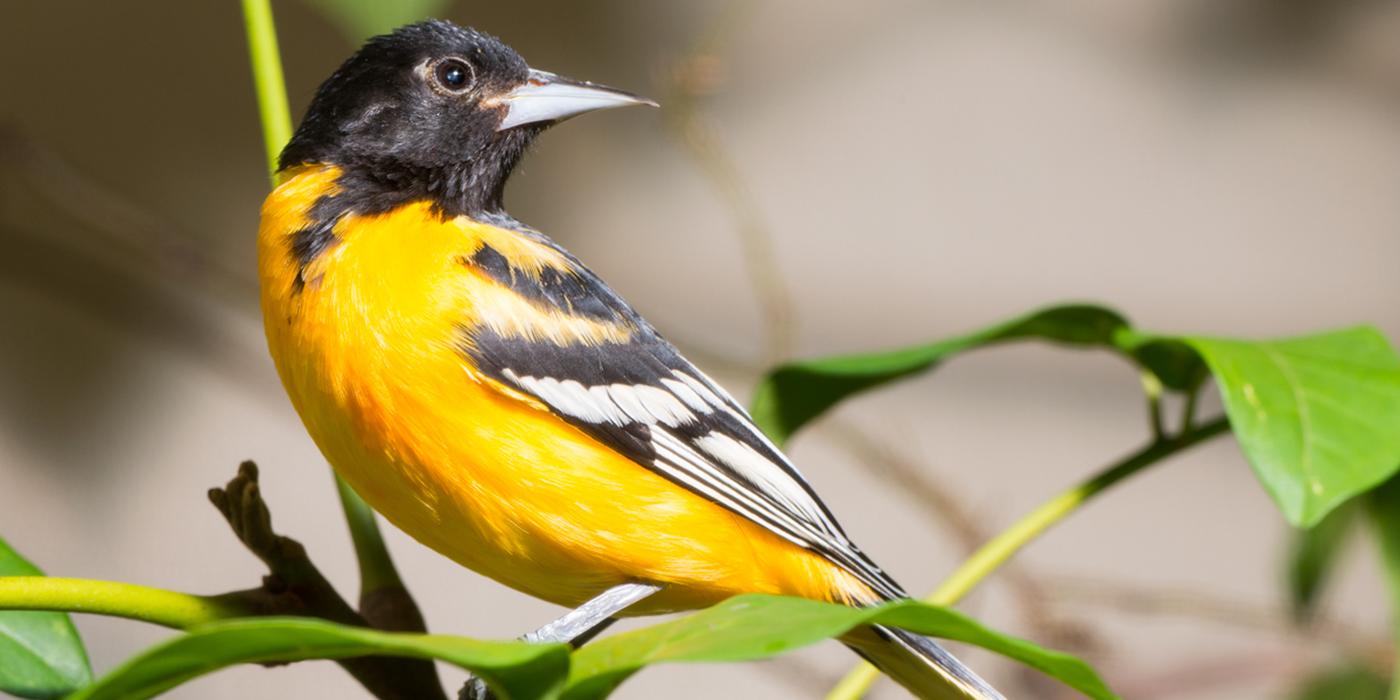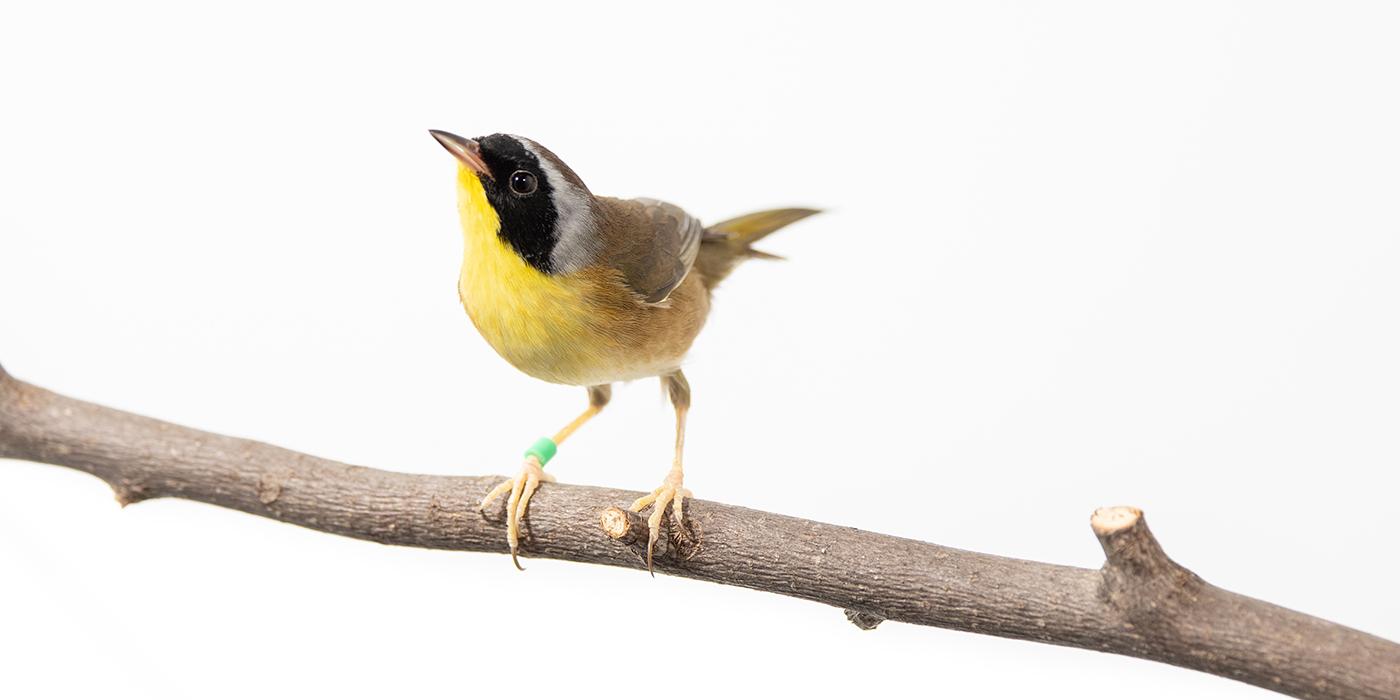Bird of Coffee and Chocolate
Baltimore Oriole
The Baltimore oriole is perhaps the most famous neotropical migratory bird. Its brilliant orange and black plumage is reminiscent of the crest of Lord Baltimore, an important figure in Maryland's history, and the bird has become the mascot of the Baltimore Orioles baseball team.
But our story begins in the tropics, from Mexico to northern South America, where Baltimore orioles spend most of the year. Here they inhabit lush, tropical forests and feed on nectar, pollen, fruit, and insects. They especially favor coffee and cacao (the plant that chocolate comes from) plantations where these crops are grown in the traditional manner, the coffee and cacao shrubs flourishing under a shady canopy of natural forest trees.
Pairs of males and females form flocks of about 10 individuals, although sometimes as many as 30 or 40 are in a single flock. Apart from members of a few warbler species, Baltimore orioles are often the most common migratory bird in these agricultural forests. The birds favor the tops of trees, especially those in the genus Inga, where they forage among the numerous blossoms for nectar and pollen. Orioles have a special tongue, which resembles a brush, for lapping up nectar.

By April, most Baltimore orioles have begun the journey north to their breeding grounds in North America, which span most of the eastern United States and into southern Canada. Here they eschew the dense forests that so many other migratory birds favor, instead preferring open forests such as those along rivers and even in city parks.
Females build an unusual grassy hanging nest that is suspended like a sack from the end of a branch. The shape of the nest may help deter predators from eating the eggs or young because the eggs and young are hidden from view and the entrance to the nest is difficult to access. The nest is often built in an elm, sycamore, or cottonwood tree. In the video clip you can see a nest.
Because these orioles spend much of their time in the tops of trees, they are often heard before they are seen. The male has a lovely warbling song and both males and females utter a variety of chatters and short call notes.
The female lays 4 to 5 eggs in late spring or early summer and incubates them alone. Then, both the male and the female feed the young. Pairs make only one nesting attempt per year. And by August or early September, most orioles are on their way back to the neotropics.
Sometimes orioles can be enticed to visit our backyards.
Orioles sometimes visit feeders put out for hummingbirds, and are also attracted to fruit such as bananas and oranges. They are also reputed to eat grape jelly!



